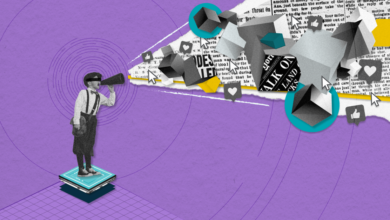UPS delivers customer wins with generative AI

“Firms that believe their business will be significantly disrupted by genAI within the next 18 months also selected customer-facing applicationsas the top response at 30.8%,” Saroff says, citing research from IDC’s Future Enterprise Resiliency and Spending Survey Wave 1 from January 2024. “Firms are very concerned that without applying genAI to customer-facing apps, they are at high risk of disruption.”
Built to extend
For UPS, contact center use of generative AI is just a springboard. MeRA, which the R&D team first released into limited production in November, will be adapted and extended to all categories of customer contact — and it will be applied to other functions within the enterprise, including human resources, sales, and finance, Subramanian says.
“The journey with MeRA is just beginning,” says the chief digital and technology officer, noting that the tool has prompted UPS to rethink and refine its approach to AI training. “The framework we established is not just a breakthrough for our UPS call center but it’s a blueprint for future AI applications across the enterprise.”
The AI tool dips into the knowledge base used by customer agents to gain access to corporate procedures, as well as data to respond to myriad customer questions. What makes MeRA unique is that it employs a sequential reasoning logic framework dubbed known ‘Chain of Thought’ reasoning, as well as more advanced sentiment analysis capabilities, such as including the ability to customize the tone of the response to customer questions, according to UPS.
Subramanian points to one typical customer request — holding packages for pickup — to illustrate the tool’s sophistication. The request, he says, has at least three possible solutions depending on a variety of factors, such as package tracking history, shipper designated restrictions on packages, and previous delivery attempts by UPS drivers.
“The package tracking history is pulled in real-time from the Internal Visibility portal by an email support agent and shows the history of the package and where it currently is in its journey,” he explains. “Agents must reference this information to know how to respond to various scenarios.”



